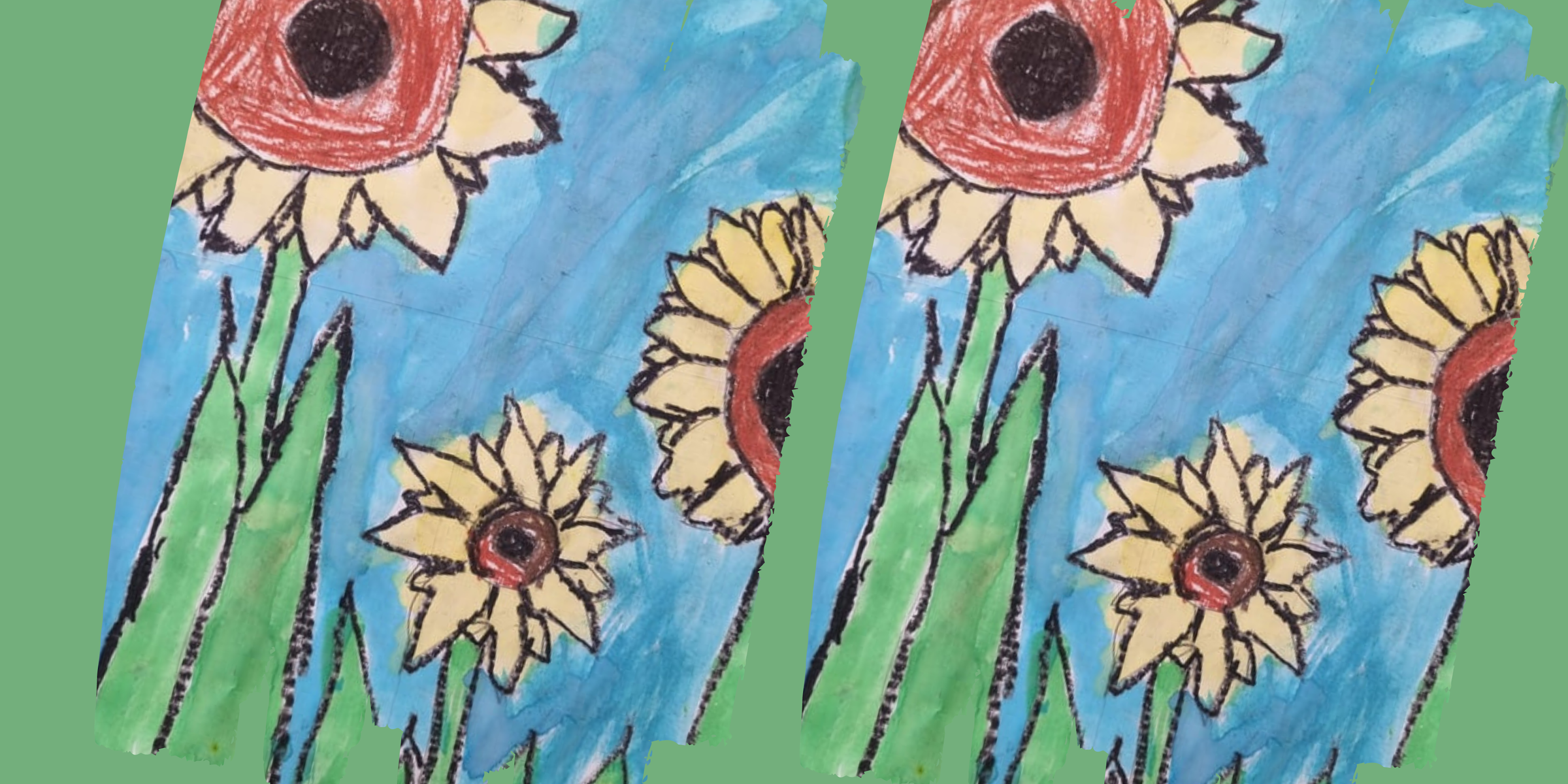Importance of Reading with your children
Part 1 - Reading with younger children.

Importance of Reading with your children
Part 1 - Reading with younger children.
Sharing stories, talking and singing every day helps your child’s development in many ways.
You’re getting your child familiar with sounds, words, language and, eventually, the value and joy of books. This all builds your child’s early literacy skills, like the ability to listen to and understand words and the ability to focus. It also helps your child go on to read successfully later in childhood.
Reading stories stimulates your child’s imagination and helps your child learn about the world. For example, reading books can help your child learn about and feel respect for other cultures. Reading also develops your child’s social skills and skills for managing emotions.
And reading is also a great time for you to bond with your child and share time together.
At this age and stage, reading with your child is all about spending special time together, and having fun by enjoying the language and illustrations in picture books. Here are some tips that can help you and your preschooler make the most of your reading time.
Looking at the book
Before you start, ask your child some questions about the book:
· Who are the author and illustrator of the book?
· What do you think this story is about?
· Who might be in it?
· What do you think will happen?
Reading the story
· Vary the pace of your reading, as well as how loud you read. Changing your voice and expression for different characters can also be fun.
· Encourage your child to use their finger to trace the words while you read them.
· Let your child turn the pages of the book.
· Ask your child some questions about the story – for example, ‘What do you think happens next?’, ‘Why is the baby happy?’ or ‘Who has the ball?’
· Ask your child questions that help them relate to the story – for example, ‘How would you feel if this was you?’ or ‘What would you do if this happened to you?’
· Chant or sing repetitive phrases and words together.
Looking at letters, words and punctuation
· Point out the differences between letters and words, and the difference between a lower-case and capital letter. For example, ‘There is a capital M. Can you see how it’s bigger than this lower-case m?’
· Point out different punctuation marks, including full stops, exclamation marks and question marks. Explain what these mean. For example, ‘There is a question mark. When we see one of those, we know that somebody is asking a question’.
· When you see words printed in bold or large font, point these out and explain how this changes the way that we say those words. For example, ‘Look at how big the word BOOHOO is. The baby must be crying very loudly’.
· Ask questions about the names and sounds of letters.
· Play ‘find the letters and words’ games, especially with the letters in your child’s name.
Other reading activities
· Help your child make up stories, and drawings to go with them.
· Make a storybook together. Let your child choose the story or use your child’s own made-up stories and drawings.
· If your child can’t read words, encourage your child to tell you a story based on the pictures in a storybook.
General tips for budding readers
· Make a routine, and try to share at least one book every day. Sharing a book can be a nice way to start and finish the day. A comfortable and favourite reading place can be part of the routine.
· Turn off the TV or radio and put your phone on silent, so your child can focus.
· Hold your child close or on your knee while you read, so your child can see your face and the book.
· Try out funny noises and sounds – play and have fun!
· Involve your child by encouraging talk about the pictures and repeating familiar words.
· Be guided by your child’s interest. There’ll be days when children don’t want to spend a long time reading, and that’s OK.
· Let your child choose the books. Be prepared to read favourite books over and over again!
Young children often enjoy books that have good rhyme, rhythm and repetition. In fact, one of the ways that children learn is through repetition and rhyme.
In the preschool years, your child might especially enjoy:
· alphabet, shape, size and counting books
· books that tell simple stories, especially ones with rhythm and repetition
· books about families, friends and going to school
· books with characters who are about the same age as your child and characters who have quirky traits
· books that use humour and have a sense of fun – for example, a character who uses a funny word, or who is silly or even ‘naughty’
· books relating to particular interests – for example, books about dinosaurs, fairies, football or animals. Some preschoolers are very interested in non-fiction books, including books about the stars, the ocean, inventions, food and travels around the world.